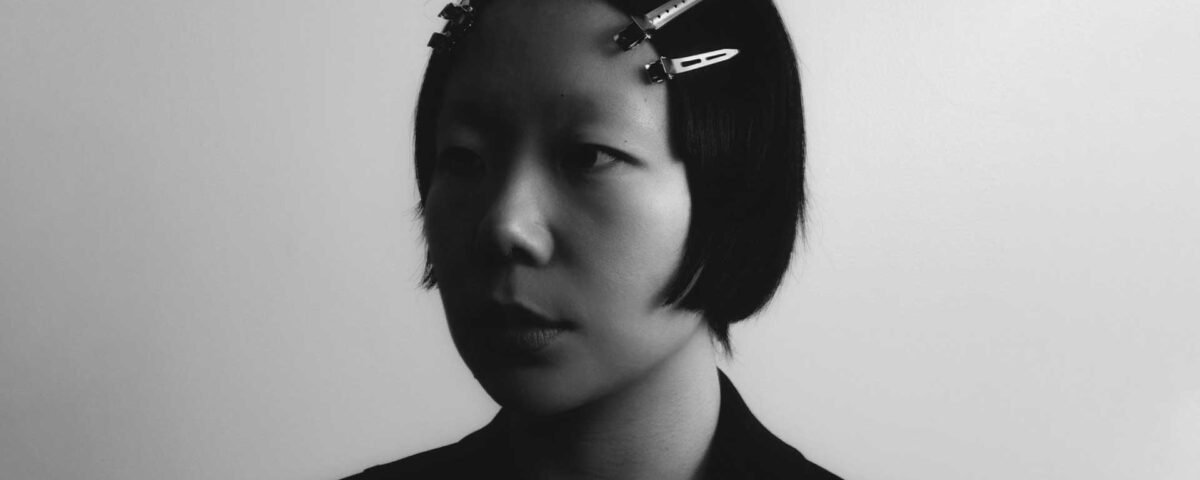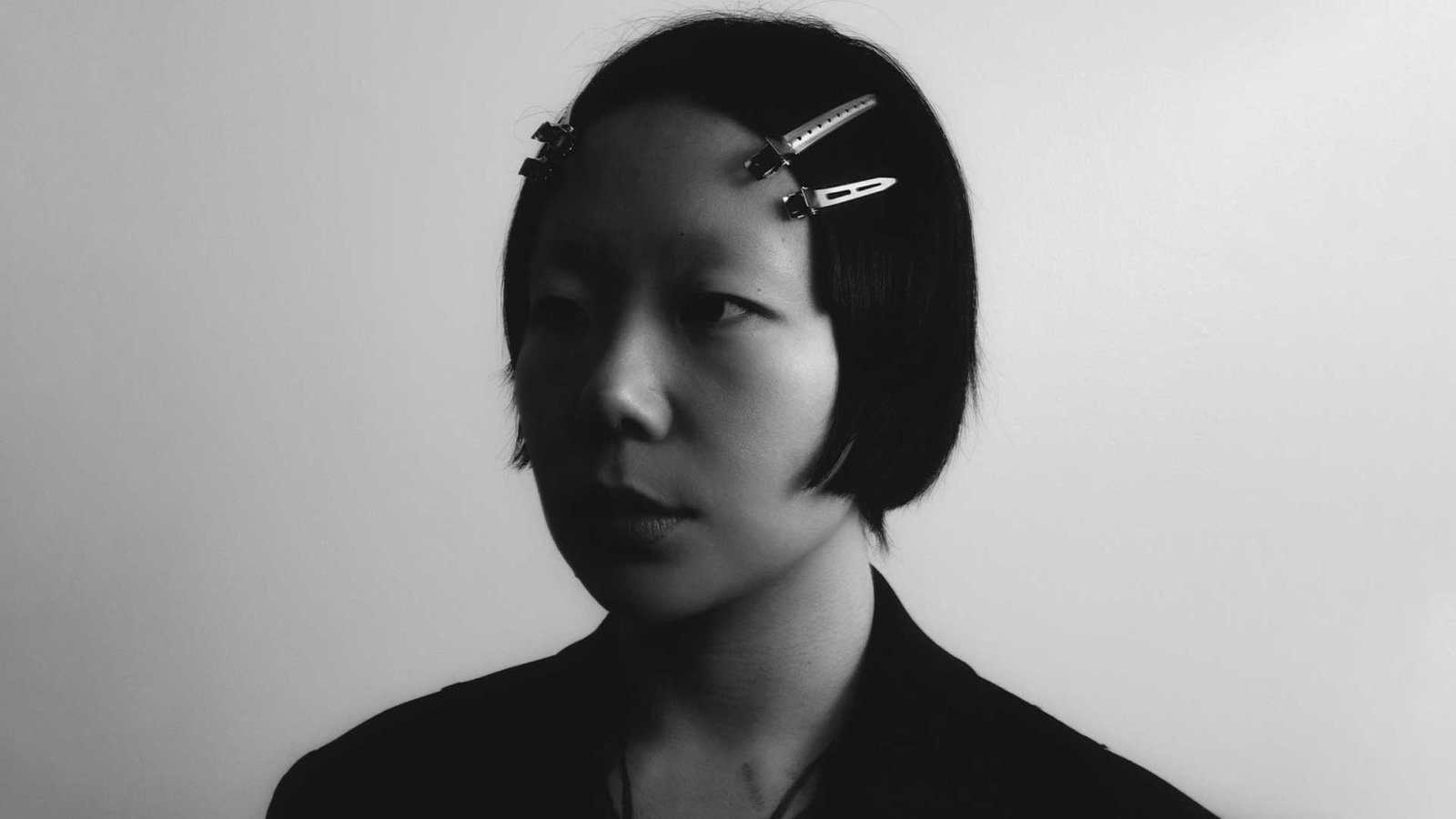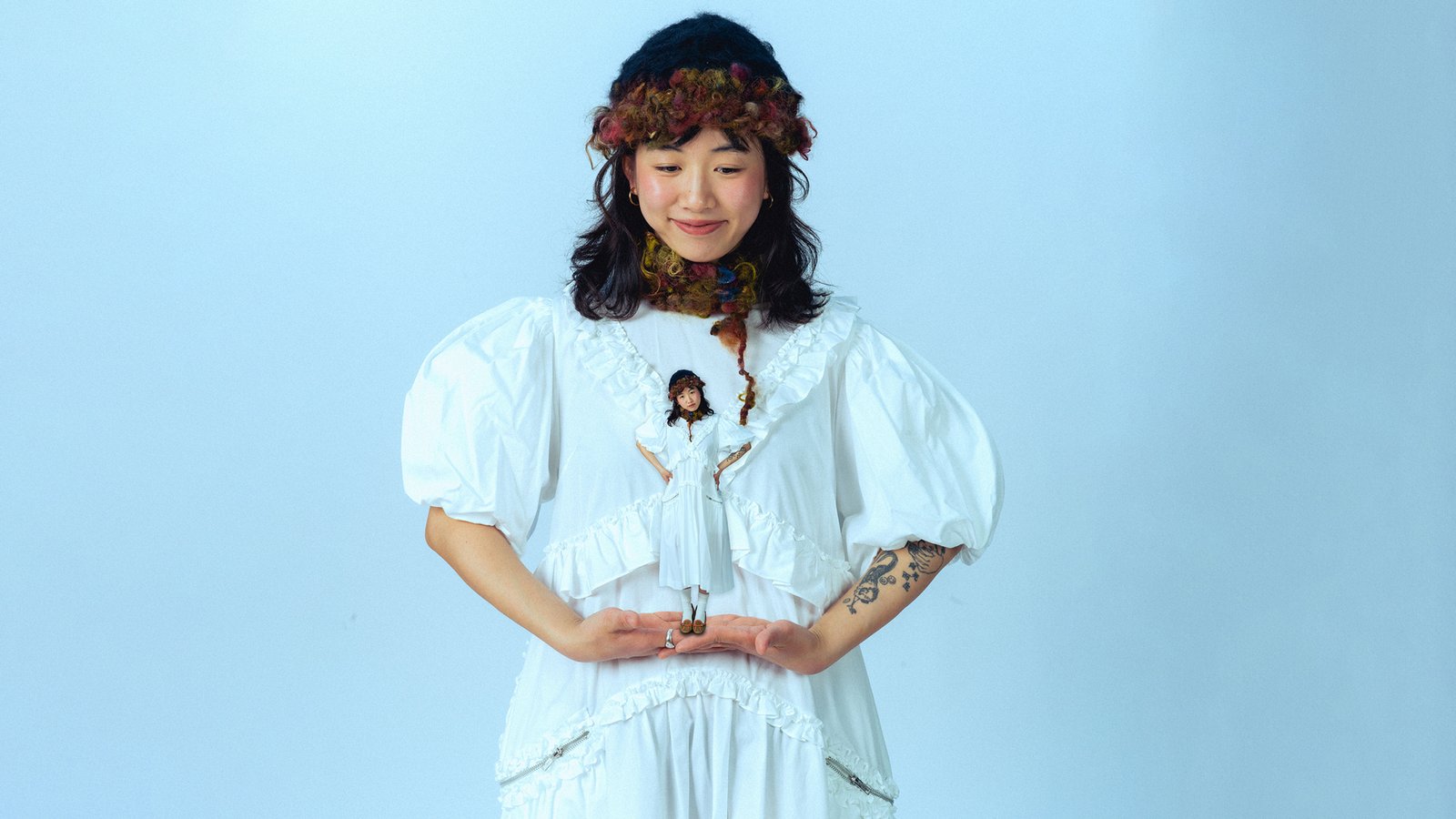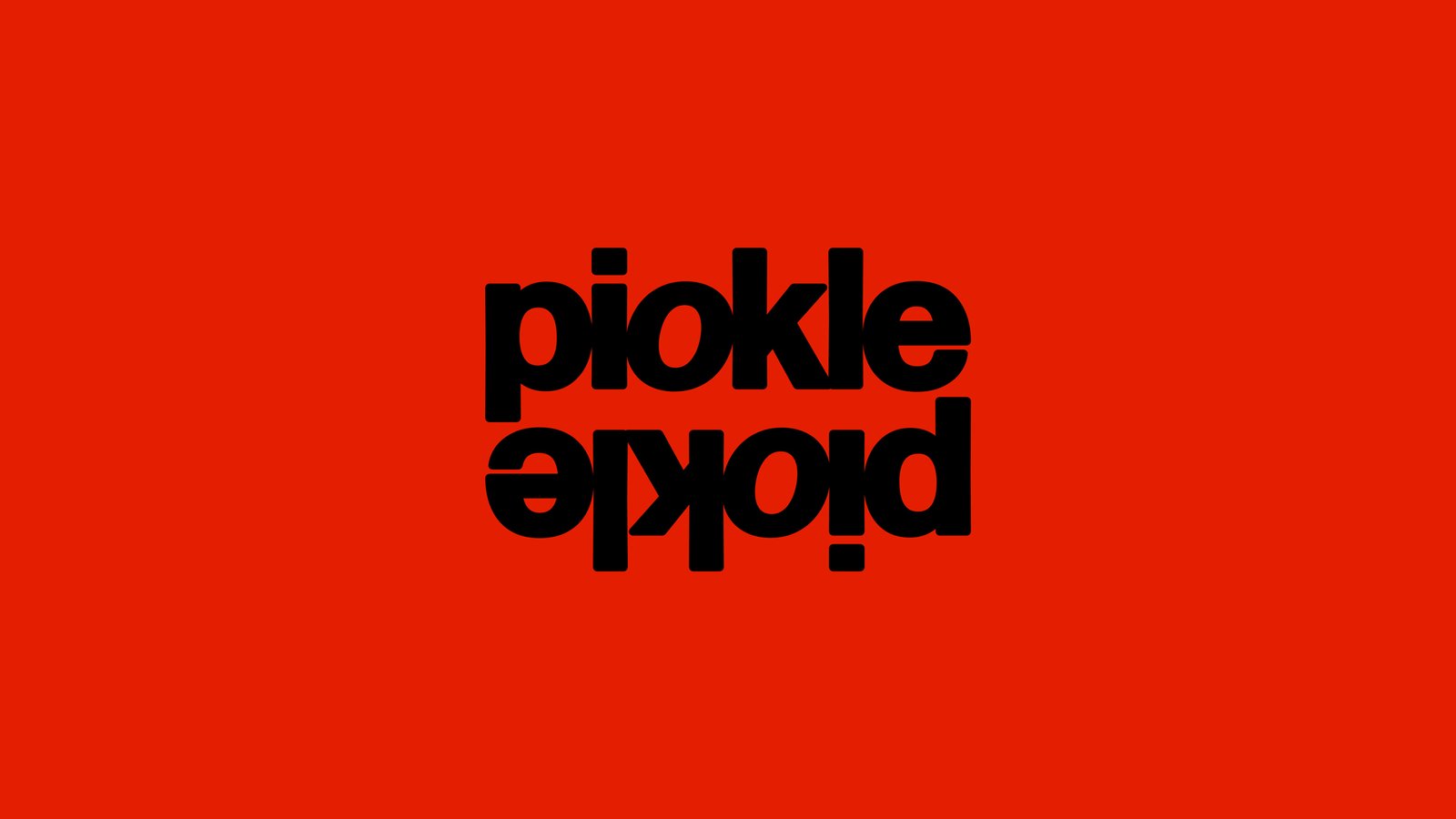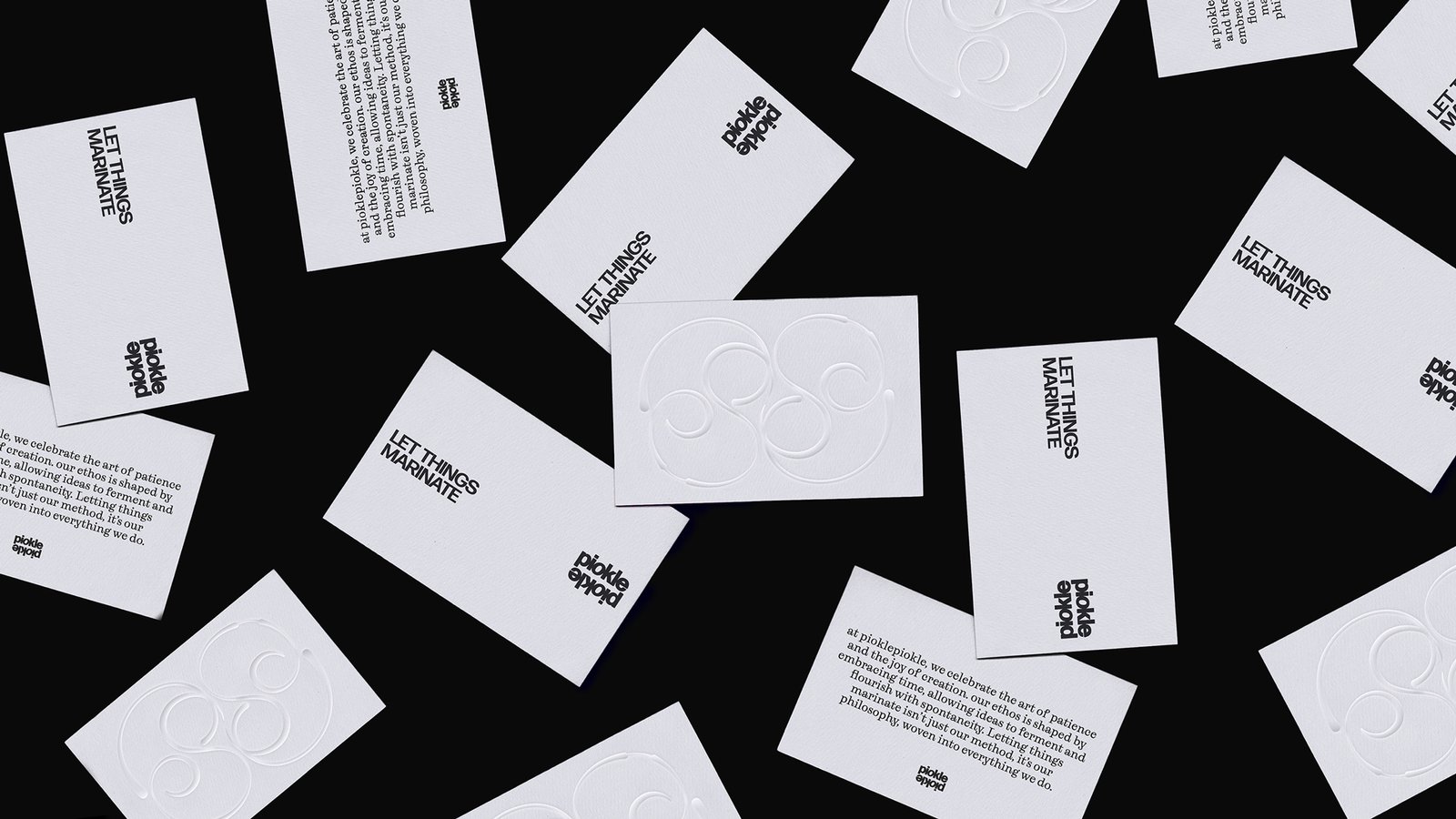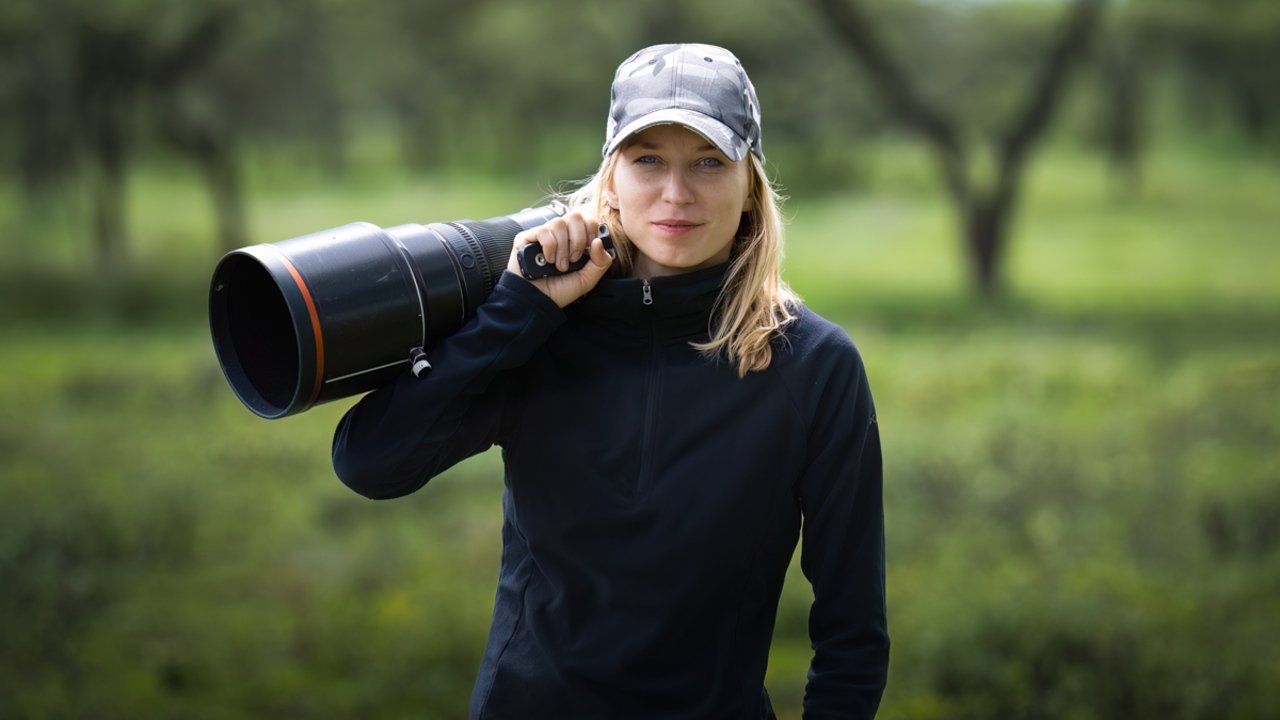
From Concept to City: Chuan Liu Creates a Driven Urban Design
July 2, 2025
Sarah Bellwald on Capturing the Heart of Pet Photography
July 3, 2025Zitong Zhao
Zitong Zhao is a Brooklyn-based graphic designer and art director who finds inspiration in everyday moments, often behind her camera. She discovered her passion for design while working with the editorial team at VOGUE China and quickly mastered various design tools through side projects and creative gigs.
Hi, I'm a graphic designer and art director based in Brooklyn, New York. I like to find inspiration in my surroundings, so you can often find me taking photos somewhere around Brooklyn.
It’s actually a funny—and long—story. I was studying International Business and Trade for my undergrad, and honestly, I couldn’t stand that major. I was stuck with it, so I ended up taking every internship I could find in different fields just to see what clicked. During my time at VOGUE China, working with the editorial team, I stumbled into graphic design—and I loved it! I started doing all sorts of design gigs on the side: making posters for friends and school, and learning every design tool I could get my hands on online.
Eventually, I was so hooked that I moved to New York to pursue my master’s in Communications Design at Pratt Institute. And here I am! Over the past eight years, I’ve been bouncing between Beijing, Shanghai, and New York for work. It’s been quite the adventure—experiencing different cultures and business landscapes firsthand.
I submitted pioklepiokle because it’s a project rooted in care, slowness, and intentionality—values that are often overlooked in fast-paced creative industries. It felt important to share something that embraces patience and imperfection.
Winning means a lot to me personally—it validates that there’s space for quieter, slower narratives. Professionally, it encourages me to keep building a practice that’s both thoughtful and experimental.
The idea for pioklepiokle came from burnout, honestly. After years of working in fast-paced studios and corporate environments, I found myself craving slowness—a space to make without constant deadlines or metrics. The name itself is a play on “pickle,” a reminder to let things marinate. The project started as a personal experiment, exploring handmade processes like knitting and textile work, and gradually evolved into something that holds emotional and creative weight.
In today’s industry, where speed and surface often take the spotlight, I think pioklepiokle stands as a form of resistance—in the gentlest way. It’s about embracing patience, imperfection, and care—both in how things are made and how we relate to them.
I think what sets pioklepiokle apart is that it isn’t trying to chase trends or look overly polished. It’s rooted in real emotion, real process, and real time. Every element—from the naming to the knitwear to the visual storytelling—was carefully marinated.
It’s a project that doesn’t shout but still leaves an impression. In a field full of noise, pioklepiokle made space for quiet. That contrast, I think, is what made it shine.
One ongoing challenge throughout my career has been navigating the balance between creative freedom and external expectations—whether that’s from clients, timelines, or even my own perfectionism. Working across different cultures, time zones, and industries—from Shanghai studios to in-house teams at Nike and Apple—has taught me how to adapt quickly without compromising my values as a designer.
With pioklepiokle specifically, the biggest hurdle was switching gears from being a creative collaborator to being a creative owner. Suddenly, I had to be the designer, the strategist, the photographer, and the voice. That kind of holistic ownership is both exciting and overwhelming.
I overcame it by embracing a slower pace and letting the project evolve naturally, rather than forcing it to be perfect right away. I also leaned into my past experiences—drawing from the structure of agency workflows, the storytelling of brand work, and the intuition I’ve built from years of hands-on design. That blend of flexibility and foundation helped keep the momentum going, even when things felt uncertain.
Winning this award is incredibly meaningful—not just as personal validation, but as a signal that thoughtful, slower-paced work can still cut through the noise. For my own practice, I hope it opens doors to more collaborations that align with my values: intentionality, craft, and cultural storytelling.
While pioklepiokle is a solo project, it’s built on years of collaboration—with teams across Nike, Apple, and creative studios in both New York and Shanghai. So this recognition also reflects the people and experiences that have shaped how I work.
Since the award, there’s definitely been more interest—from potential collaborators, publications, and even people simply reaching out to say the project resonated with them. That kind of organic response is what I value most—proof that creative honesty connects.
My biggest piece of advice is: start with something honest. Don’t build for awards—build from curiosity, care, and clarity. The most compelling projects usually come from a real place—something you needed to make, not just something that looked good on a slide.
That said, storytelling matters. You can make the most thoughtful work, but if the narrative doesn’t communicate the why behind it, it won’t land. Take the time to articulate the intention—what you were trying to say, shift, or explore.
Practically, document your process. Show the decisions, not just the results. And give your ideas space to breathe—some of my most rewarding work came when I stopped trying to rush or over-polish.
Lastly, trust that slow, strange, or quiet ideas still have power. You don’t have to shout to be heard—you just have to mean it.
The creative industry is moving fast—faster than ever. Tools are evolving, timelines are shrinking, and the line between content and craft keeps blurring. While that pace can be exciting, I think it also makes slowness, intention, and emotional clarity more important than ever.
I see myself leaning into that space—where storytelling, craft, and cultural nuance meet. Whether it’s through independent projects like pioklepiokle or collaborations with thoughtful brands, I want to keep building work that feels human, textured, and quietly bold.
Long term, I’d love to carve out a role that bridges creative direction and cultural strategy—bringing not just visuals but deeper perspective to the table. And I hope to keep championing work that doesn’t just look good, but feels lived in.
We’re all navigating a lot—tight timelines, shifting trends, constant pressure to produce. But creativity doesn’t grow in a vacuum. It grows when we make space for each other, when we share ideas without ego, and when we choose care over speed.
My message is: stay curious, stay generous. Celebrate the quiet wins. Ask better questions. And don’t be afraid to slow down—some of the best work doesn’t come from sprinting, but from letting things marinate.
Whether you’re in design, strategy, or storytelling, we all have a role in shaping this industry into something more thoughtful, more collaborative, and more human.
I’ve got a few things quietly brewing—some that continue the spirit of pioklepiokle, and others that take me into new, unexpected directions. Nothing I can fully share just yet, but I’m excited to keep building slowly, intentionally, and maybe a little weirder than before. Stay tuned.
Zitong Zhao
Zitong Zhao is a Brooklyn-based graphic designer and art director who finds inspiration in everyday moments, often behind her camera. She discovered her passion for design while working with the editorial team at VOGUE China and quickly mastered various design tools through side projects and creative gigs.
Explore the journey of Ashlee Hollis, the Platinum Winner of the 2024 MUSE Creative Awards. She leads Helm Creative Studio, a woman-owned, award-winning agency in Philadelphia focused on empowering creatives and advancing social impact.

